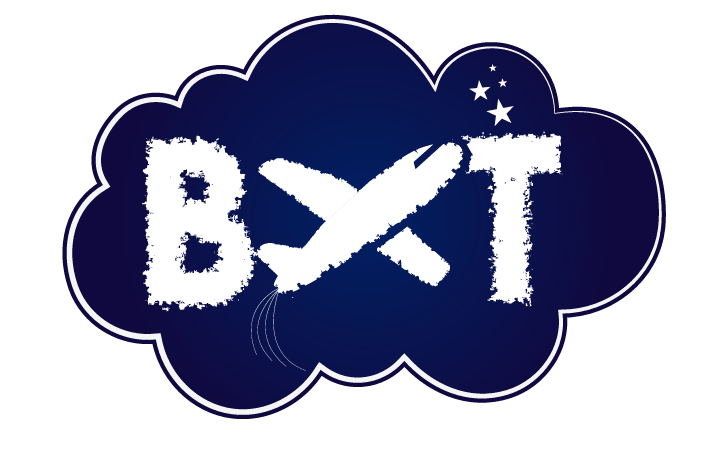When it comes to the retail sector, visual marketing plays a pivotal role in brand identity, attracting new customers, and driving sales. We judge a product by how it looks and its visual appearance in posters, advertising, visual merchandising, and POS displays. Great graphic design and presentation can work wonders in these areas to drive home product benefits and competitive difference. All of these make for well crafted retail marketing campaigns.
In retail, when it comes to product choice - brand familiarity usually wins. A product we’re familiar with and habitually buy trumps a product we don’t know. We are creatures of habit. However, effective and impactful design can influence these decisions and swing customer’s votes your products way.
Advertising and merchandising can help sway customers to try a new product and interrupt their habitual buying process. Visual influencers enhance brand identity and first impression leading to higher conversion rates. These influences include the following:
1. Typography
It’s no secret Steve Jobs was obsessed with typography and once you delve into the subject you ca see why. You’ll be surprised but typography really does have a massive impact. It’s an important part of the brand interpretation. In advertising choice of type portrays the company’s personality and message tone.
If your brand personality is fun or creative, your typography needs to reflect this. Decorative fonts can work well but mainly you should avoid serif style fonts as they make a product appear serious, expensive and refined. In retail marketing campaigns, pointy edges like serif fonts scare people away from the product as our primitive natures view pointy objects as dangerous especially when it comes to food. Look at a font closely and see how it makes you feel. Does it reverberate the qualities and traits you’d like associated with your products?
On the other hand, for hotels and brands looking to promote themselves as the epitome of style and decadence then different font’s are necessary. In this case, serif fonts can work nicely. Banks prefer simple, straight, and easily understood text like Helvetica as it conveys trust and reliability. In all depends on the context.
2 Shapes
Text heavy adverts are unappealing to the eye. On first glance, they flood our minds with excess information without giving our eyes a break. Inserting shapes to break up the text makes an ad more readable and engaging to the viewer. Shapes also compliment the core adverts message.
In retail marketing, shapes can play a key role. An ad for a new herbal tea may use leaf shapes or insert similar nature linked objects to appeal to people’s subconscious. This imbues people with a perception that the product is natural and healthy. Inserting shapes into a products background also accentuate the branding and dilutes plain looking backgrounds and adverts. Look at some of Lidl’s price brochures and see the different symbols, lines, and shapes they insert throughout breaking up the text and allowing easier message digestion for readers.
3. Texture
To maximize your retail marketing efforts, great use of texture must be implemented in your advertising to enhance the message’s visual appeal. Texture is often subtle and quiet but its impact is profound. Within retail, wood textures are always used for food products to heighten the sense of naturalness and wholeness of the product. It tells us the product is fresh, organic and unprocessed.
Other textures also provide the viewer with similar experiences. Chalk and Blackboards, bricks, grass, woven cloth, leaves, clouds, and any other product we associate with nature all provide great textures to heighten a food product’s visual appeal. These are subtle associations which create great visual experiences for the viewer.
Check out this website Jimmy’s farm and see how they use different textures throughout to make the brand look natural and organic.
4. Colour
Colour is one of the most important aspects of design. A great choice of colour attracts the eye to the advert. Furthermore, all the colours you choose must complement each other – typography, background, shapes, texture, and images. This gives the ad a subtle yet appealing look. Some colours work great together – black & red, blue and orange, white & purple etc. It all about taking a step back from your work and seeing if your choice of colours coalesces together to improve the products visual appeal.
Check out Virgin’s website to see how they utilize colour effectively to enhance the website’s visual appeal as well as strengthen brand identity as a fun, creative and adventurous company.
5. Photography
I’m a big believer in the use of photography instead of illustrations. Real life photographs appeal to us as they are just that – real. Nowadays we are inundated with fake pictures and illustrations which are hard for us to relate to. A real food picture captures our eyes appealing to us viscerally. Excellent stock photography can tell a story or create associations between the brand and image.
Hotels often use beautiful photos of their local environment suggesting to viewers that their hotel offers a beautiful escape with great scenery. It’s important to blend the photography with the colour of your advert to make them seamlessly join together rather than contrast too much. In addition, pictures of people often improve our trust of an advert as we connect better with ad’s showing people just like us using the product. It allows us to place ourselves in their shoes.
Starbucks is one website utilizing amazing food photography which as a viewer made me salivate. Check it our here.
In Conclusion
All these simple tips can vastly improve your retail marketing efforts. Overall, Investment in these visual marketing practices will pay off it terms of overall brand identity and drive more people instore.
